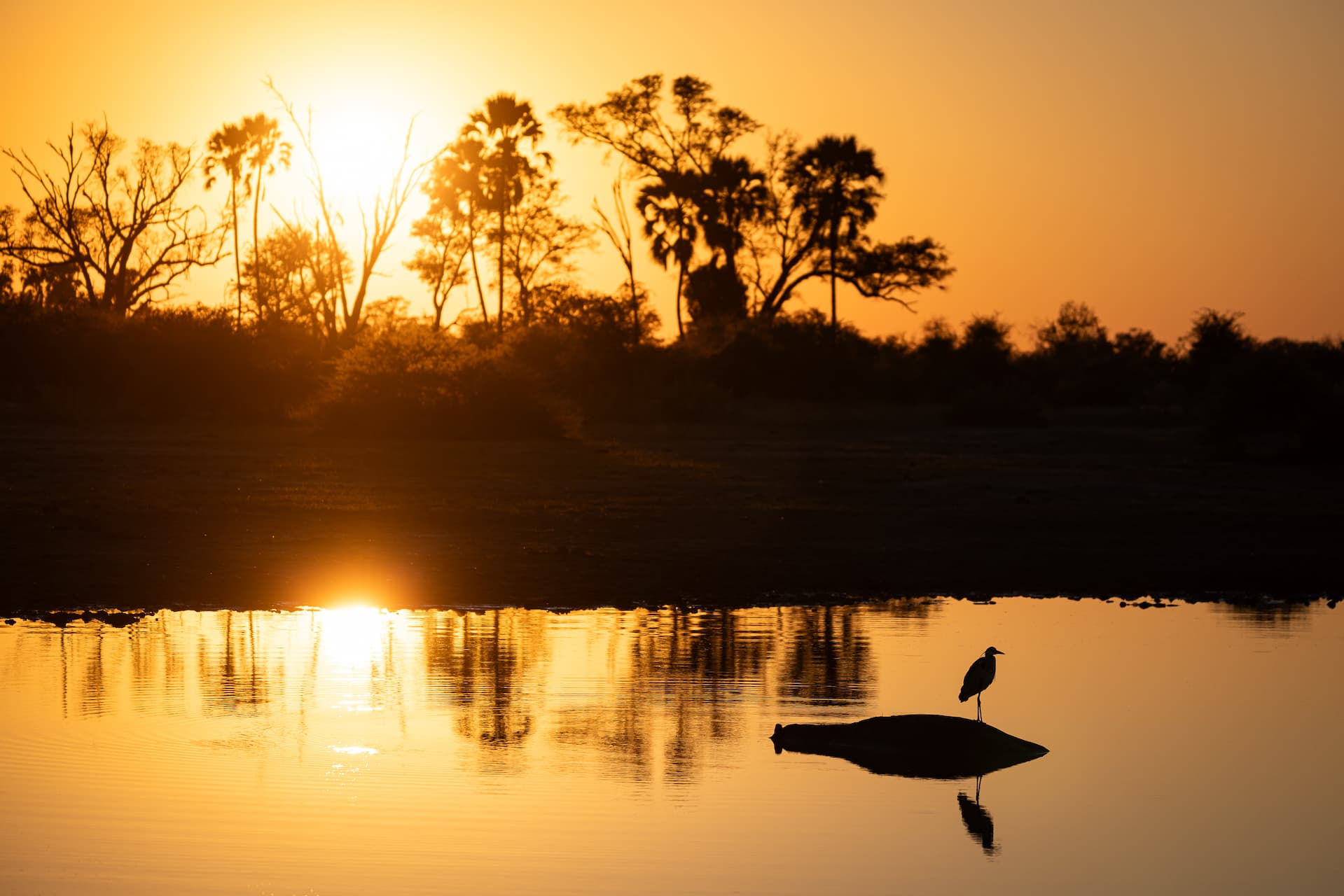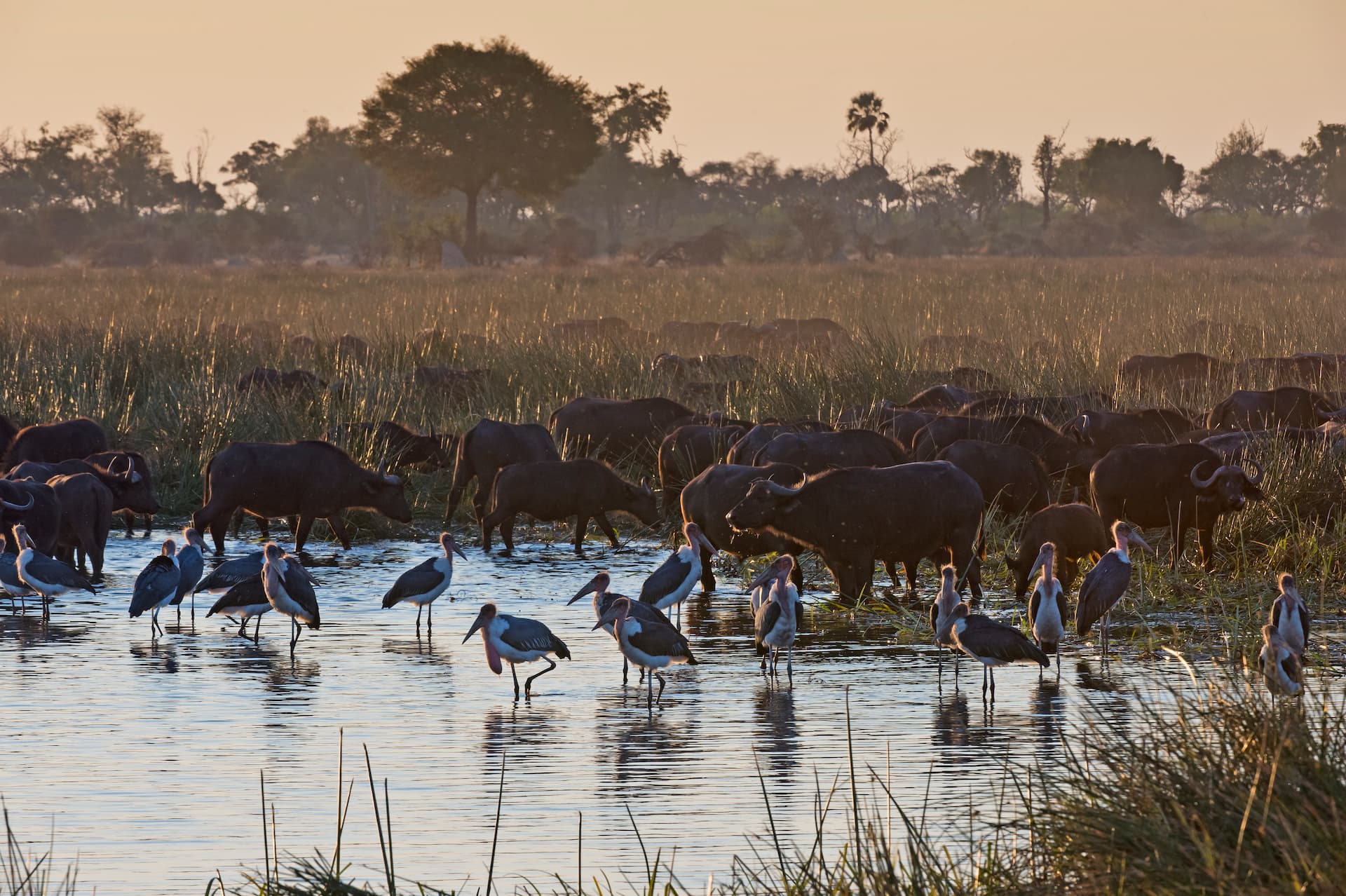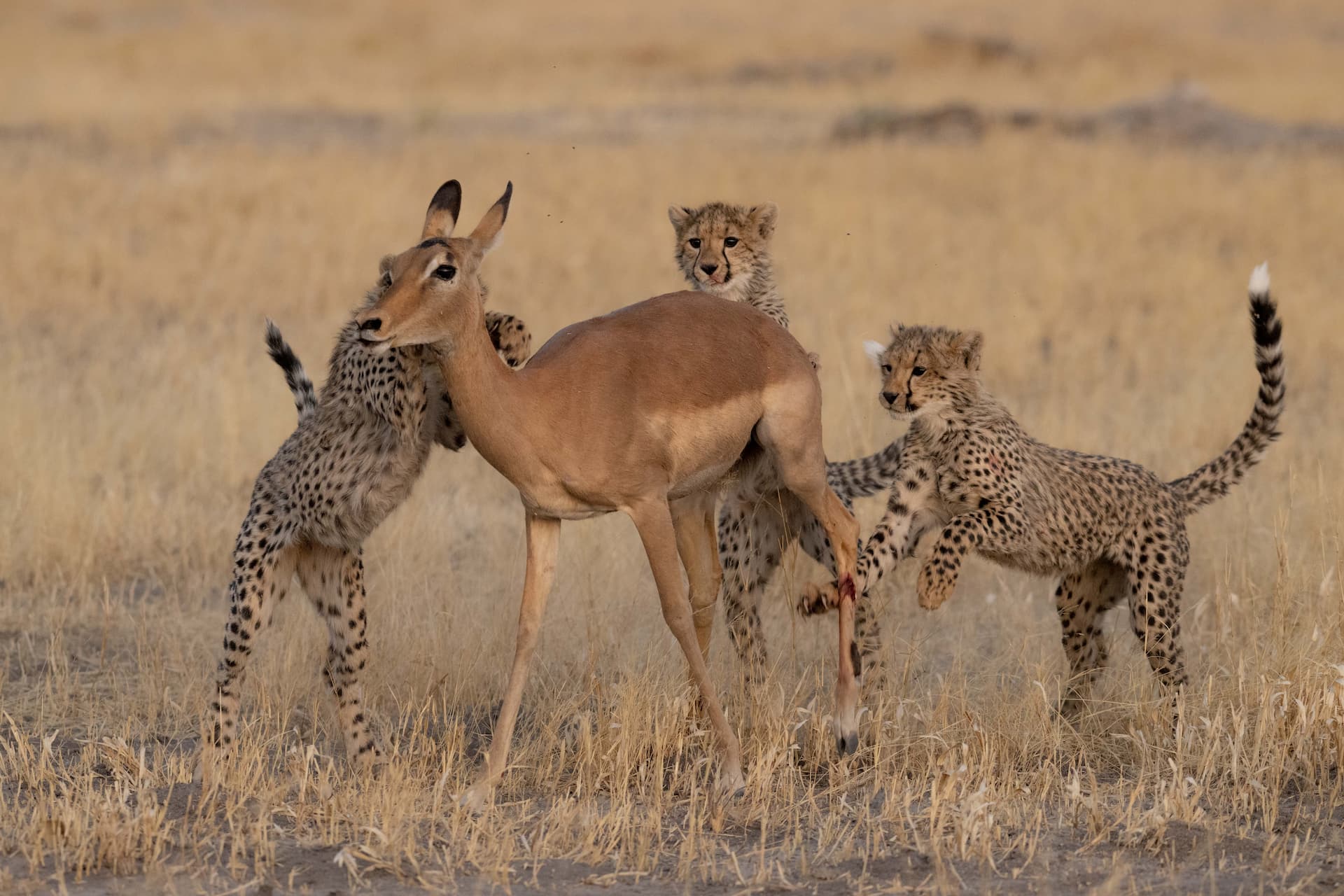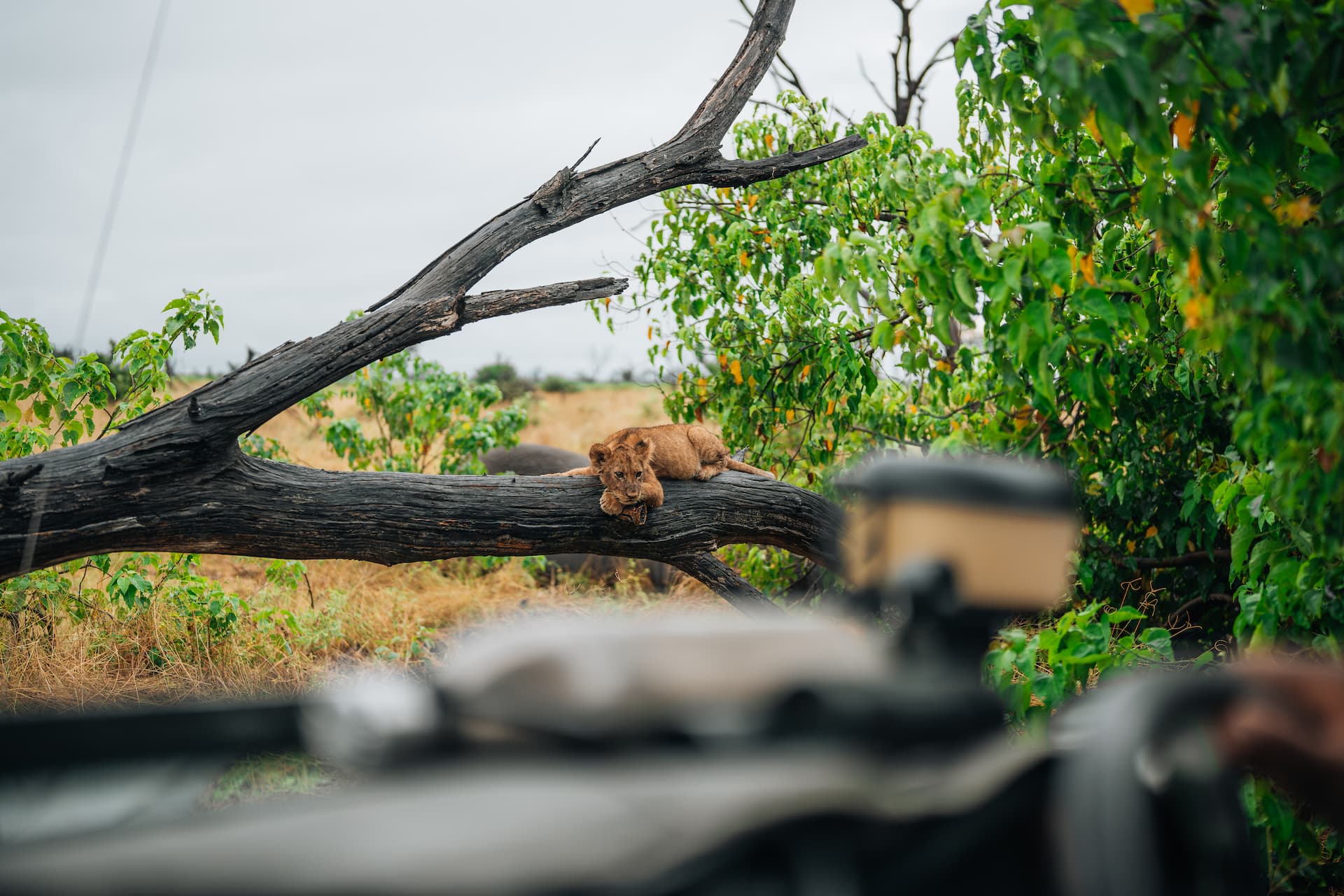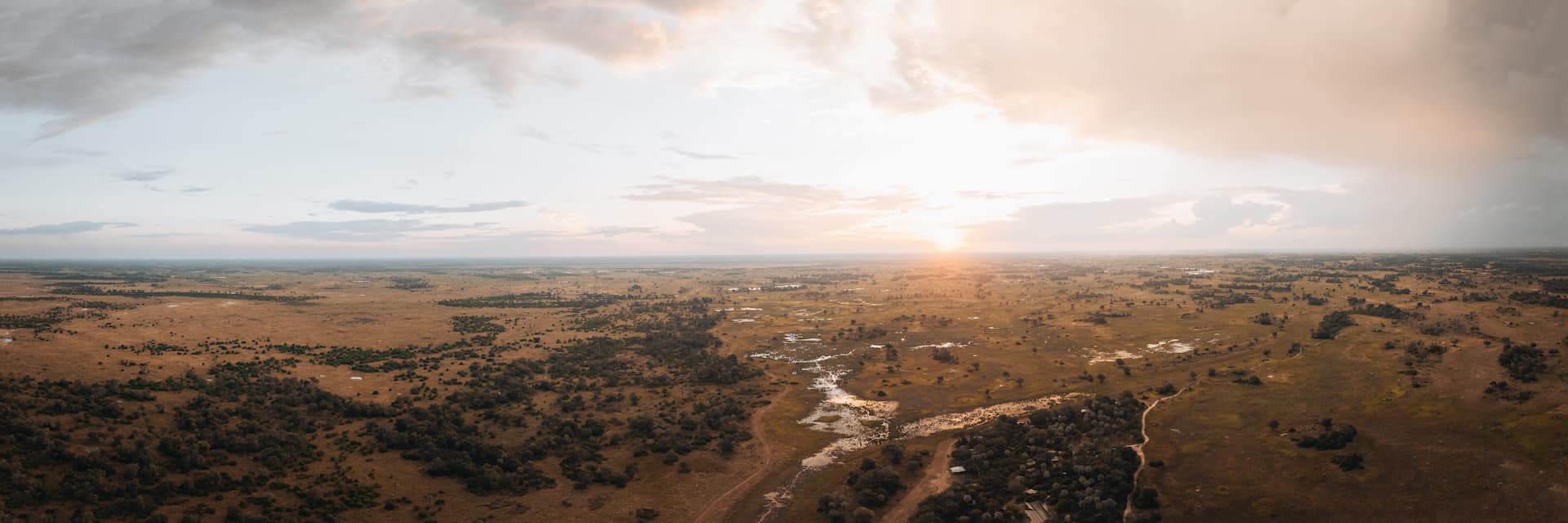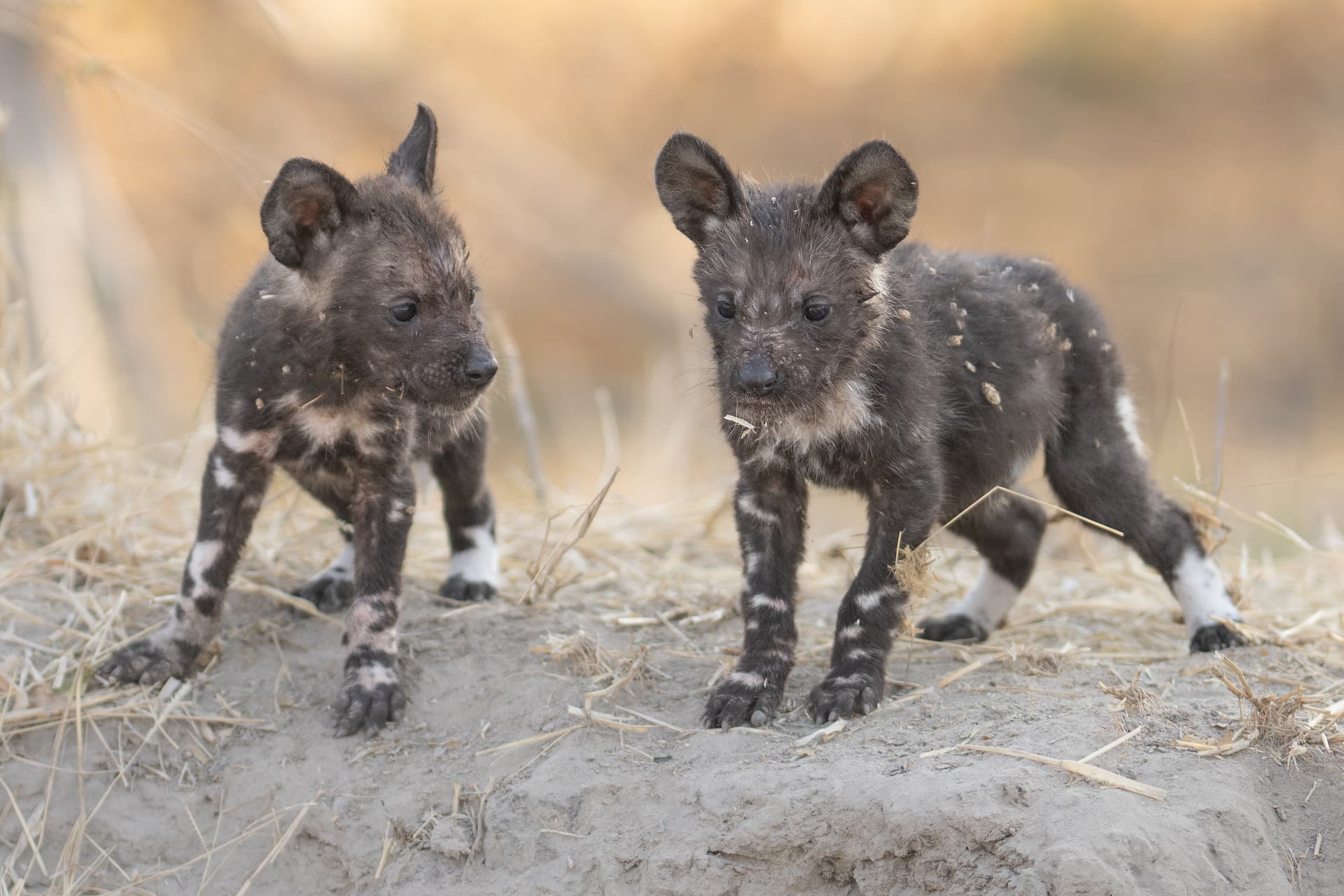Okavango Delta, Botswana
7 reasons Wilderness Chitabe offers an exceptional Okavango safari
Our Collective
Experiences
Merryn Haller
5/8/2025
Botswana's best

Extraordinary wildlife numbers
A mosaic of diverse habitats
A predator hotspot with unusually high densities
Year-round game viewing
Your choice of 3 immersive wildlife experiences
Exceptionally knowledgeable and experienced guides
A long-term commitment to conservation

More to discover

The benefits of a Botswana green season safari
Green season is a time of rejuvenation in Botswana’s wild areas. Learn more here about the benefits ...
Read moreTao Varty
04.07.2025

The Hoanib – Linear Oasis of the Namib
Ephemeral rivers are seasonal but sustain wildlife in dry area. Learn about Hoanib River formation. ...
Read moreMartin Benadie
30.06.2025
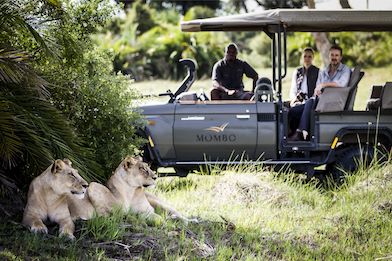
Spotlight on Mombo "The Mother of all Camps"
There’s an unparalleled culture of seven-star hospitality where everyone knows your name.
Read moreMelissa Siebert
19.06.2025

Wilderness Touring’s 5 best Cape Town tours
The 5 best tours to do in Cape Town with Wilderness Touring. From the Cape Peninsula to the Cape Win...
Read moreTao Varty
12.06.2025
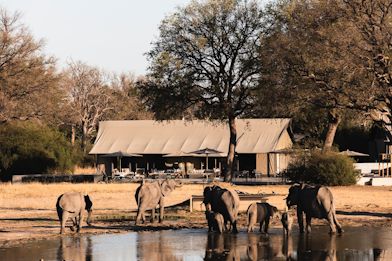
Spotlight On Linkwasha – Hwange National Park
A contemporary safari camp in an iconic African landscape, Linkwasha sits on the edge of the renowne...
Read moreTao Varty
09.06.2025
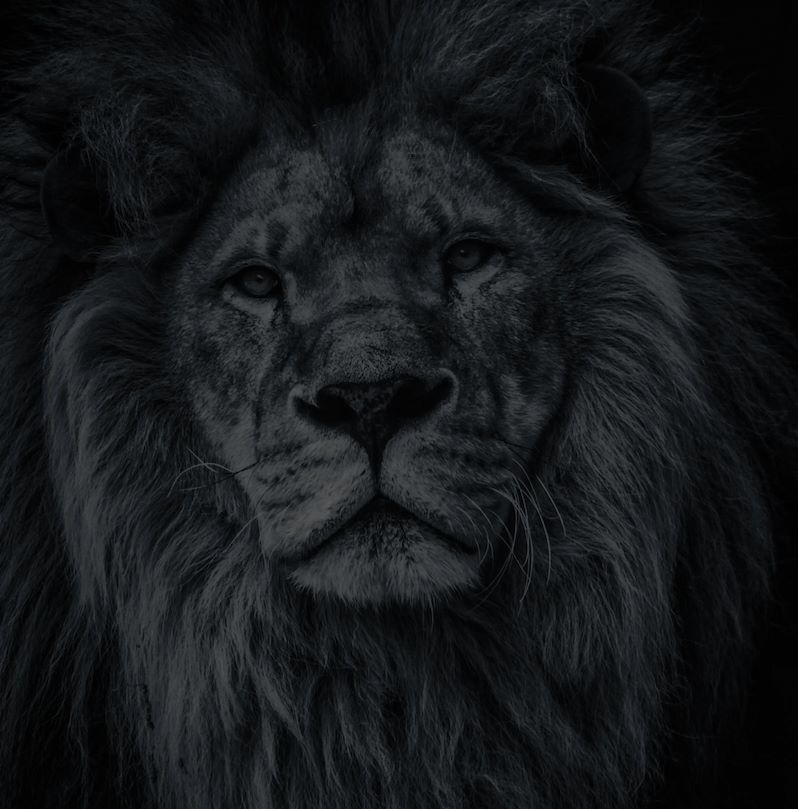
Let’s plan your next journey
Ready?
When we say we’re there every step of the way, we mean it, literally. From planning the perfect circuit, to private inter-camp transfers on Wilderness Air, and easing you through Customs. We’re with you on the ground, at your side, 24-7, from start to finish. Ready to take the road less travelled? Contact our Travel Designers to plan an unforgettable journey.
